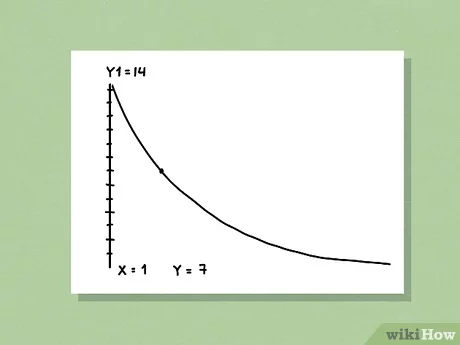Choosing the Right NFT Platform For You: What Factors to Consider
The boom of NFT offers new opportunities for artists and customers. However, selecting a platform to market NFTs can take time and effort. The right platform can make your experience as enjoyable as possible, whether you’re looking to mint, buy, sell, or showcase digital assets. Check out the rest of this article before you select an NFT platform and spend your BTC/USDT.
Understanding Your Needs
Before getting into specific details, you should know beforehand what you are looking to get out of an NFT platform. Are you an artist looking to mint and sell your digital art? Or perhaps you’re an investor seeking to trade NFTs for profit? Maybe you’re a collector interested in building a unique digital portfolio. Knowing your objectives can help you choose a platform that can satisfy your needs.
Blockchain Compatibility
NFT platforms operate on blockchain technology, with each platform typically tied to a specific blockchain. Ethereum is a popular choice when it comes to blockchains, but there are other emerging players. Consider the following when evaluating blockchain compatibility:
- Transaction Costs: Blockchains like Ethereum can have high gas fees during peak times. If you’re looking for cost-efficient transactions, you might prefer platforms on blockchains with lower fees.
- Scalability and Speed: Some blockchains handle transactions faster than others, which can be crucial for active traders.
- Environmental Impact: Certain blockchains are more eco-friendly due to their consensus mechanisms.
User Interface and Experience
An excellent user experience can provide you with a very satisfying NFT journey. Platforms should offer easy navigation, clear instructions for minting and buying, and accessible tools for managing your NFTs. If you’re new to NFTs, opt for platforms that provide educational resources and guides.
Community and Marketplace Activity
A vibrant community and active marketplace are significant factors in keeping a platform alive. A more extensive user base often translates to more opportunities for buying, selling, and trading NFTs. Look for platforms with frequent interactions between users. Additionally, the trading volume and the number of listed NFTs should be checked to gauge marketplace activity.
Creator and Buyer Tools
If you’re an artist or creator, the tools available for minting and showcasing your NFTs are critical. Consider the following:
- Minting Options: Some platforms allow for customizable smart contracts, while others offer standardized minting processes.
- Royalty Features: Platforms that award royalties are always more feasible to artists and collectors.
- Showcase Tools: Platforms with galleries or customizable storefronts can enhance your ability to display your work attractively.
Tools such as bidding systems, alerts for new drops, and NFT rarity analysis can enhance the buying and collecting experience.
Security and Ownership
An NFT platform’s security features can make or break it in the eyes of a potential user. Robust features can help you take care of your account with minimum fuss. Additionally, verify that the platform offers clear and transparent ownership terms. You should retain full rights to your minted NFTs and have access to your assets without restrictions.
Payment Options
Platforms with multiple payment options have a significant advantage. While most NFT platforms rely on cryptocurrency transactions, some also support fiat currency payments via credit cards or bank transfers. For a better user experience, choose a platform that supports the option you wish to use.
Fees and Costs
Every NFT platform has its fee structure, which may include:
- Minting Fees
- Transaction Fees
- Platform Commissions
Compare fee structures across platforms to find one that fits your budget, especially if you plan to engage in frequent transactions.
Legal and Regulatory Considerations
NFT platforms that comply with regional regulations are generally better options. A platform that complies with legal frameworks allows users to relax without worrying about any standards being violated. Remember also to review the platform’s terms of service and privacy policy to understand your rights and obligations.
Interoperability
Some NFT platforms allow interoperability, enabling you to move your NFTs across different marketplaces and blockchains. If flexibility is important to you, prioritize platforms that support cross-platform compatibility.
Reputation and Reviews
Check user reviews, ratings, and testimonials to gain insights into other users’ experiences. A platform with a solid track record and positive feedback is more likely to provide a reliable and satisfying experience.
Scalability and Future Prospects
The NFT space is rapidly evolving, and it’s wise to choose a platform with growth potential. Look for platforms that continuously update their features, expand their marketplace, and adapt to industry trends.
Conclusion
Selecting the right NFT platform is a critical decision that can shape your journey in the digital asset space. By considering factors like blockchain compatibility, user experience, fees, and security, you can find a platform that aligns with your goals and preferences. Take the time to research and evaluate your options carefully, as the right choice can unlock new opportunities and maximize your success in the exciting world of NFTs.







